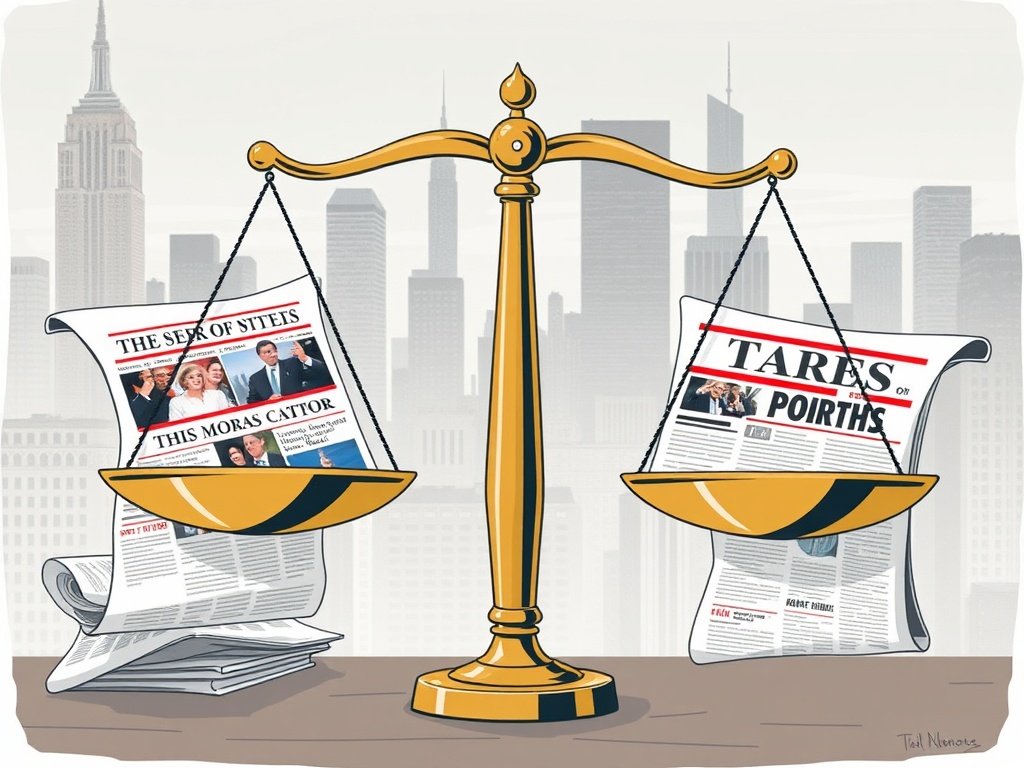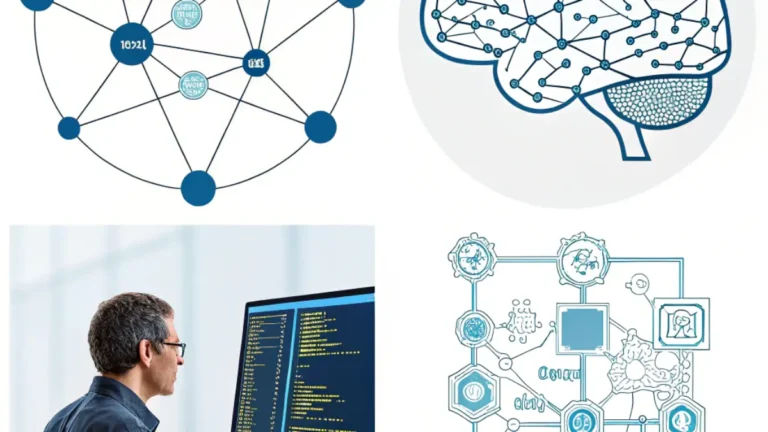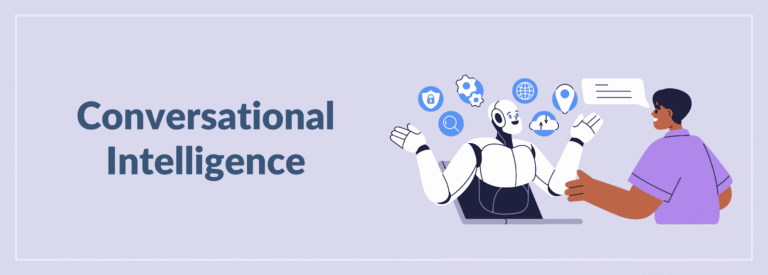
Introduction: Why Media Bias Matters Today
In today’s hyper-connected world, access to reliable information has become more important than ever. Millions of people now turn to independent websites and alternative media outlets as a source of news and commentary, especially when they feel mainstream organizations are not representing their perspectives accurately. Citizen Free Press has become one such outlet, gaining traction among readers who want unfiltered, fast-moving coverage of current events. But as its popularity has grown, so has the debate around Citizen Free Press bias, with many asking whether the platform delivers objective reporting or if it primarily caters to a certain ideological viewpoint. This question is crucial for readers who want to understand the narratives shaping political discourse and for families trying to navigate an overwhelming media environment.
Understanding Citizen Free Press and Its Rise
Citizen Free Press is a conservative-leaning news aggregator that launched as an alternative to established media platforms. Instead of writing its own investigative reports, the site collects links, headlines, and stories from other outlets, much like the well-known Drudge Report once did. Its design is simple, text-heavy, and fast-loading, making it accessible even on slower connections. This stripped-down approach appeals to readers who value speed over aesthetics.
The platform’s rise in popularity can be attributed to several factors: growing distrust in mainstream news outlets, the decline of traditional conservative hubs like Drudge, and the hunger for real-time political coverage. Citizen Free Press has positioned itself as a one-stop resource for breaking news, commentary, and viral stories. While the site avoids flashy visuals, its straightforward curation gives it an edge among audiences who prefer raw information without heavy editorial framing.
Media Bias Explained: A Framework for Readers
Before analyzing Citizen Free Press bias, it’s important to establish what media bias means. Media bias occurs when reporting consistently favors one perspective, omits key facts, or frames stories in a way that benefits a particular ideology or group. Bias can be subtle, appearing in word choice, story selection, and even headline construction.
Types of Media Bias
- Selection Bias: Choosing to cover certain stories while ignoring others.
- Framing Bias: Presenting a story in a way that emphasizes certain aspects over others.
- Confirmation Bias: Catering to an audience’s existing beliefs instead of challenging hem.
- Ideological Bias: Explicitly favoring a political, cultural, or economic ideology.
- Omission Bias: Leaving out key facts that might provide a more balanced perspective.
Understanding these categories allows readers to recognize not just where bias might exist, but also how it shapes perceptions of current events.
The Political Leanings of Citizen Free Press
When analyzing Citizen Free Press bias, most observers agree that the platform leans heavily conservative. It prioritizes stories that criticize liberal policies, highlight cultural controversies, or promote narratives favorable to right-leaning politics. The site frequently features headlines related to free speech, government spending, border security, and cultural debates, aligning closely with issues important to conservative voters.
Example of Conservative Emphasis
For instance, coverage often amplifies voices skeptical of mainstream institutions such as major universities, corporate media outlets, and federal agencies. While this appeals to readers who distrust establishment narratives, critics argue that it reinforces an echo chamber effect. Unlike mainstream organizations that attempt (though imperfectly) to present multiple sides, Citizen Free Press openly embraces its niche audience.
How Bias Appears in News Aggregation
Citizen Free Press does not create most of its own news content. Instead, it acts as a curator, linking to stories from a wide range of sources. This aggregation model can mask bias because the platform itself is not necessarily writing editorials; however, bias emerges through story selection, headline framing, and prioritization.
Key Signs of Bias on the Platform
- Stories disproportionately highlight liberal failures while underreporting conservative scandals.
- Headlines often use emotionally charged language designed to provoke reactions.
- Stories favorable to conservative positions appear at the top of the page, shaping immediate impressions.
- Opinion and commentary articles sometimes appear alongside breaking news, blurring distinctions between fact and opinion.
This does not necessarily discredit Citizen Free Press, but it is an important context for readers evaluating its trustworthiness.
Comparing Citizen Free Press to Other Outlets
To better understand Citizen Free Press bias, it is useful to compare it with other news aggregators and mainstream sources.
| Platform | Political Leaning | Content Style | Audience Focus | Bias Concerns |
| Citizen Free Press | Conservative | Fast-moving links, commentary | Right-leaning readers | Story selection, emotional headlines |
| Drudge Report (past) | Conservative → Neutral | Aggregated headlines | Broad conservative base | Shift in tone alienated some readers |
| Huffington Post | Progressive | News + opinion pieces | Liberal readers | Overemphasis on cultural progressivism |
| Associated Press (AP) | Center-left lean | Straight reporting | General public | Critics claim subtle framing bias |
This comparison shows that while all outlets face accusations of bias, Citizen Free Press deliberately positions itself in the conservative media ecosystem.
Why Citizen Free Press Appeals to Readers
Despite criticisms of bias, millions of people continue to flock to Citizen Free Press daily. Why? The answer lies in trust, speed, and resonance. Readers who feel alienated by traditional outlets often prefer a site that unapologetically represents their worldview.
Reader Motivations
- Desire for news that reflects their values.
- Frustration with what they perceive as mainstream media censorship.
- Interest in quick, headline-driven content rather than long investigative reports.
- A sense of belonging within a political community.
For these reasons, Citizen Free Press bias may be seen as a feature rather than a flaw by its most loyal users.
Criticisms and Challenges Facing the Platform
No media platform is immune to criticism, and Citizen Free Press faces several. Detractors argue that by amplifying partisan narratives, the site deepens political polarization. Additionally, the heavy reliance on secondary sources raises concerns about accuracy, especially when viral content spreads without proper verification.
Common Criticisms
- Encourages echo chambers by avoiding opposing viewpoints.
- Prioritizes sensationalism over nuanced reporting.
- Lacks journalistic transparency compared to established outlets.
- Risk of spreading misinformation due to reliance on third-party sources.
Such critiques highlight the importance of readers approaching any aggregator—whether conservative, liberal, or centrist—with critical thinking skills.
The Role of Media Literacy in Navigating Bias
Media bias is not unique to Citizen Free Press; it exists across the entire media landscape. The key challenge for readers is learning how to identify bias and adjust for it. Media literacy plays a crucial role in empowering individuals to consume news responsibly.
Practical Tips for Readers
- Cross-check major stories with multiple outlets.
- Look for primary sources instead of relying only on commentary.
- Be mindful of emotionally charged headlines that may exaggerate issues.
- Distinguish between news reporting and opinion pieces.
- Avoid relying solely on one platform for information.
These steps allow readers to remain informed without falling prey to manipulation or half-truths.
Broader Impact of Citizen Free Press on Politics
The influence of Citizen Free Press goes beyond simple news sharing. By curating stories that resonate with conservative audiences, the platform indirectly shapes political debates and social media trends. Viral headlines often migrate from its pages to Twitter, Facebook, and online forums, amplifying their reach.
Critics argue that this amplification sometimes accelerates misinformation cycles, while supporters see it as democratizing information. Either way, Citizen Free Press bias is not just about story selection—it is about shaping public opinion at scale.
Conclusion: Evaluating Citizen Free Press Bias Fairly
In the end, the discussion around Citizen Free Press bias should not focus solely on whether the site leans conservative, because that much is clear. Instead, the important question is how readers can navigate its content responsibly. The site fills a real demand for fast, curated news, but it also reflects the deep ideological divides present in modern society. For those who use the platform, awareness of its bias is essential. Consuming multiple sources, practicing media literacy, and recognizing emotional framing are key strategies for staying informed without being misled.
FAQs About Citizen Free Press Bias
1. Is Citizen Free Press a reliable source of news?
Citizen Free Press is reliable in terms of speed and accessibility, but readers should keep in mind its strong conservative bias. Cross-checking information with neutral outlets is recommended for balance.
2. How does Citizen Free Press differ from mainstream outlets?
Unlike traditional news organizations, Citizen Free Press does not produce investigative journalism. It aggregates stories from elsewhere and often frames them with headlines that resonate with conservative audiences.
3. Can Citizen Free Press be used as a sole news source?
It is not advisable to rely solely on Citizen Free Press—or any single outlet—for news. A healthy media diet includes multiple perspectives, ensuring that bias from one source does not distort overall understanding.





